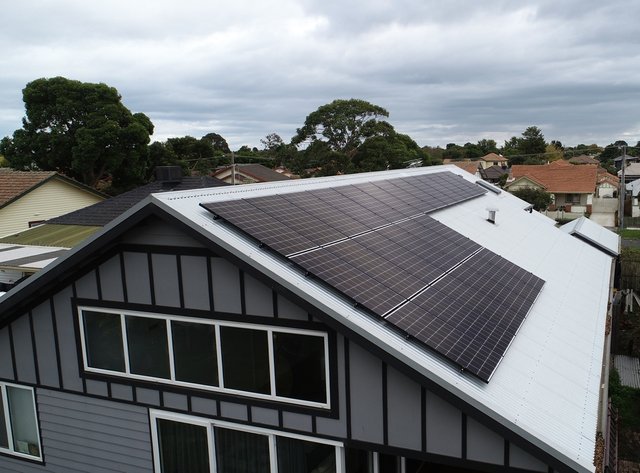
As the world increasingly shifts towards renewable energy, solar and battery systems have emerged as a vital solution for both residential and commercial energy needs. These systems not only help reduce electricity bills but also contribute to a more sustainable future. In this article, we will explore the components of solar and battery systems, the benefits they offer, and an overview of solar batteries and prices.
What Are Solar and Battery Systems?
Solar and battery systems consist of solar panels, inverters, and battery storage units. Together, they harness solar energy, convert it into usable electricity, and store excess energy for later use. Here’s a breakdown of the main components:
Solar Panels: These are the primary components that capture sunlight and convert it into direct current (DC) electricity. There are two main types of solar panels:
Monocrystalline: Known for their high efficiency and sleek appearance, these panels are made from a single crystal structure.
Polycrystalline: These panels are made from multiple crystal structures and are generally less expensive but slightly less efficient than monocrystalline panels.
Inverters: Solar inverters convert the DC electricity generated by the solar panels into alternating current (AC) electricity, which is used by most household appliances. There are different types of inverters, including:
String Inverters: Commonly used in residential systems, these connect multiple panels in a series.
Microinverters: These are installed on each panel, allowing for better performance in shaded conditions.
Battery Storage: Solar batteries store excess energy generated during the day for use at night or during power outages. This feature enhances energy independence and reliability.
Benefits of Solar and Battery Systems
Investing in solar and battery systems offers numerous advantages:
Cost Savings: By generating your own electricity, you can significantly reduce your monthly energy bills. Over time, the savings can offset the initial investment in the system.
Energy Independence: With a solar battery, you can store energy for use during peak hours or outages, reducing reliance on the grid.
Environmental Impact: Solar energy is a clean, renewable resource that helps reduce carbon emissions and combat climate change.
Increased Property Value: Homes equipped with solar systems often see an increase in property value, making them more attractive to potential buyers.
Understanding Solar Batteries and Prices
When considering solar and battery systems, understanding the types of solar batteries available and their prices is crucial. Here’s an overview:
Types of Solar Batteries:
Lead-Acid Batteries: These are the traditional battery type used in solar systems. They are less expensive but have a shorter lifespan and lower depth of discharge compared to newer technologies.
Lithium-Ion Batteries: These batteries are more efficient, have a longer lifespan, and can be discharged more deeply without damage. They are becoming the preferred choice for modern solar systems.
Prices of Solar Batteries:
The price of solar batteries can vary widely based on capacity, technology, and brand. For instance, lead-acid batteries may cost between ₹10,000 to ₹30,000, while lithium-ion batteries can range from ₹40,000 to ₹1,00,000 or more, depending on their capacity and features.
Installation costs should also be considered, as they can add to the overall expense of setting up a solar and battery system.
Factors Influencing Solar Battery Prices
Several factors can influence the prices of solar batteries:
Capacity: The larger the battery capacity (measured in kilowatt-hours, kWh), the higher the price. A battery with a capacity of 10 kWh will generally cost more than one with a capacity of 5 kWh.
Brand and Technology: Well-known brands with advanced technology often come at a premium. Lithium-ion batteries, while more expensive upfront, offer better performance and longevity.
Warranty and Lifespan: Batteries with longer warranties and expected lifespans may have higher initial costs but can provide better value over time.
Conclusion
Solar and battery systems represent a significant step towards energy independence and sustainability. By understanding the components, benefits, and pricing of solar batteries, consumers can make informed decisions that align with their energy needs and financial goals. As technology continues to evolve, the efficiency and affordability of solar and battery systems are expected to improve, making them an increasingly attractive option for both residential and commercial applications.
Investing in solar and battery systems not only contributes to a greener planet but also offers substantial long-term savings and energy security.